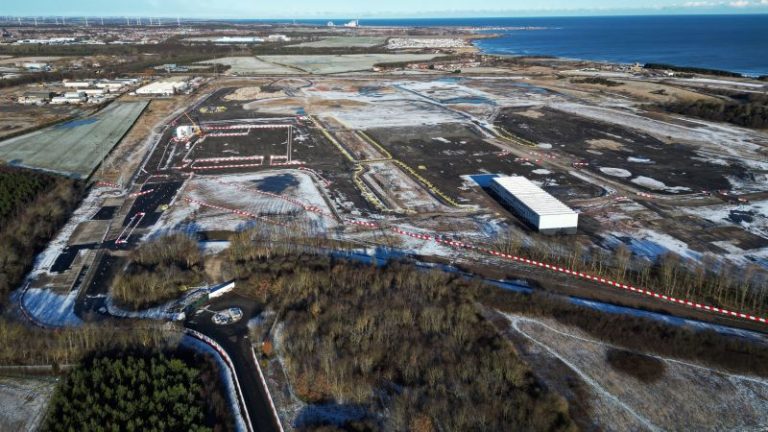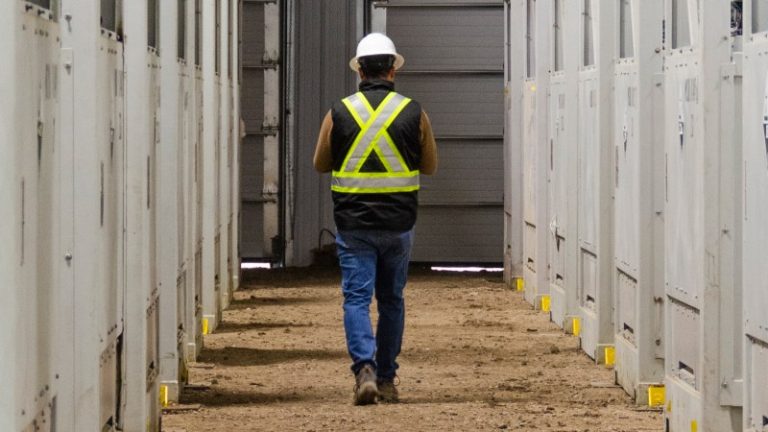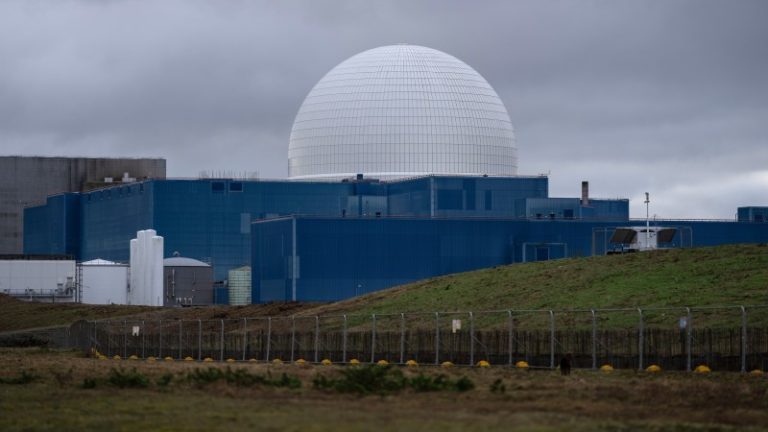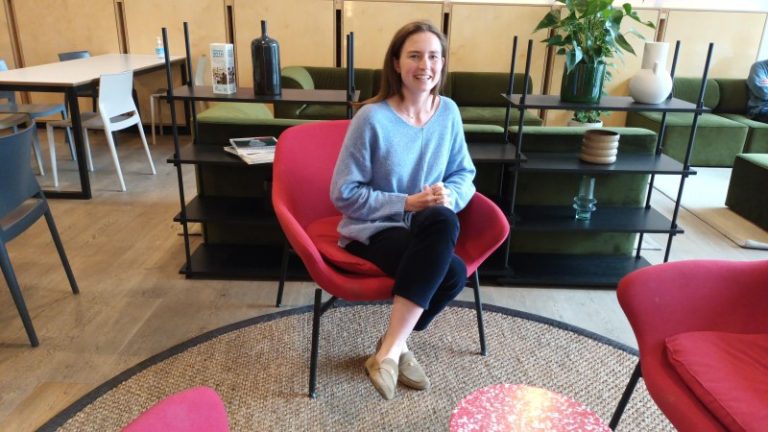The entrepreneurs who think AI could help save the NHS
It was another head-spinning week in the world of artificial intelligence. San Francisco-based OpenAI unveiled an updated model that translates languages in real time and tutors children in algebra.
A day later, Google boss Sundar Pichai hired a 22,000-seat concert venue in Mountain View to reveal two hours of advances of a technology that he dubbed, “as profound as fire”.
Just a few miles away, at a Stanford University medical AI conference, however, the top minds in healthcare were focused on something far more pressing: paperwork.
On both sides of the Atlantic, doctors are feeling overworked and underpaid. A recent survey of trainee GPs by the British Medical Association found that 7 in 10 were experiencing burnout and stress.
There are many reasons for this, from staff shortages to pay and long hours. But a universal driver is paperwork: principally, having to write up notes on patient visits.
On average, NHS workers spend nearly 14 hours a week doing administrative work, a 25 per cent increase over the past seven years. “Often, that is overtime,” said Hatim Abdulhussein, a GP and chief officer of an NHS Innovation Network for Kent, Surrey and Sussex.
Junior doctors voted overwhelmingly in March — 98 per cent in favour — to proceed with work stoppages during September in their fight to force the NHS to increase their pay by 35 per cent. Doctors in England have seen real wages plunge 25 per cent since 2008, while doctor stress has reached an “all-time high,” according to the General Medical Council.
So while Silicon Valley promises that AI will diagnose your ills and replace your radiologist, doctors are most excited about using the technology to slash busy work and restore some work-life balance.

Jesse Ehrenfeld, president of the American Medical Association, counts at least 34 AI “scribe” start-ups — companies whose tools combine automated transcription with ChatGPT-style large language models (LLMs). The chatbots they have been creating have shown a startling ability to understand context and generate text to record, transcribe and summarise patient visits.
Ehrenfeld said: “I know a physician who, the first time she started using one of these tools, she cried, because it was the first time in months she could get home for dinner with her kids.”
Tortus, a British start-up whose software assistant “listens” in on patient visits and then creates notes for a doctor to sign off on, has been testing its system with several NHS hospitals.
The stakes are immense. Leaked documents from the NHS last year revealed that without drastic action, staff shortages could hit 570,000 by 2036. Which is why the AI medical revolution, at least in the near term, may look more like it does in finance, accounting or other white collar jobs that involve hours of data entry or research.
‘This isn’t about replacing people’
Dom Pimenta, a 36-year-old cardiologist and the founder of Tortus, said: “If you look at the maths, up to 60 per cent of the time is spent with computers, which means 40 per cent of the time is spent with patients.
“If you get that computer time down to 15 per cent, you are getting 85 per cent of the time with patients. Imagine what the NHS could do with that many more doctors or nurses.”
Adbulhussein from the NHS network added: “This isn’t about replacing people. This is about augmenting the work we do, because there aren’t enough of us anyway.”
That is not to say that frontline diagnostic devices are not percolating into the market. In the past two years, the US Food and Drug Administration has approved 247 new devices powered by AI or machine learning, a subset of AI. Deployment, however, is likely to be slow.

More than 80 per cent of them are for use in radiology, the taking and interpreting of x-rays. Tech enthusiasts have been predicting the end of radiology for years as humans are replaced by machines capable of detecting the most subtle of signs in an image.
By one estimate, however, only 2 per cent of American radiology practices use AI tools due to limited real-world evidence and trust from doctors and are resistant to incorporating it into their harried workflows. The NHS last year set aside a £21 million AI Diagnostic Fund in an attempt to fast-track NHS trusts’ take-up of tools to interpret chest X-rays, and diagnose strokes and other conditions.
• Is AI actually dangerous? Five ways it could save us
In short, institutional inertia and slow-footed regulation are powerful forces when it comes to incorporating new technologies.
The bar is higher still given that with AI tools, even those who develop them can’t definitively explain how they function.
Sylvia Plevritis, professor of biomedical data science and radiology at Stanford University, said: “One of the issues that drives the ethics is really the black box nature of these tools. We really don’t understand how they work.
Liability is another obstacle. Under US law, a doctor that relies on an algorithm to help diagnose or treat a patient is legally liable if the machine gets it wrong. Ehrenfeld said: “Physicians want to know when something goes wrong, who is on the hook, right? If I use it as directed and something is wrong with the underlying model, you know, why is that really my problem?”
Will AI enable ‘free doctors’ for all?
And yet, the hype is unrelenting. Vinod Khosla, the billionaire tech investor who wrote the first cheque to OpenAI, has predicted that AI will enable “free doctors” for all within a decade. His conviction is not without basis.
For years, the New England Journal of Medicine has published “challenge cases”, in which it lays out a patient’s symptoms and asks its readers to guess the affliction. A November study found that OpenAI’s GPT4 outperformed 99.98 per cent of “simulated” human readers, which experimenters created based on the actual answers given by doctors over several years.

Such results may fuel the fever-dreams of venture capitalists, but the work yet to be done in terms of regulatory and legal frameworks means that a flowering of automated doctors feels both tantalisingly close and frustratingly distant.
Which is why at Stanford last week, so much of the discussion centred on drudgery like transcription and note-generation: tasks that are at once mundane and utterly vital. Indeed, the centre of any case is a patient’s “history” — the symptoms they describe to the doctor — and the clinician’s resulting course of diagnosis and treatment.
Pimenta recalls times earlier in his career when he would churn out treatment letters out at 1 am, “because I would be so behind on my actual day work”. He added: “I had a boss who said: ‘Good medicine is about doing the really boring, simple stuff right, all day, every day.” It turns out, AI is uniquely suited to do just that.
It may not be the revolution we were promised, but it is a revolution nonetheless.






